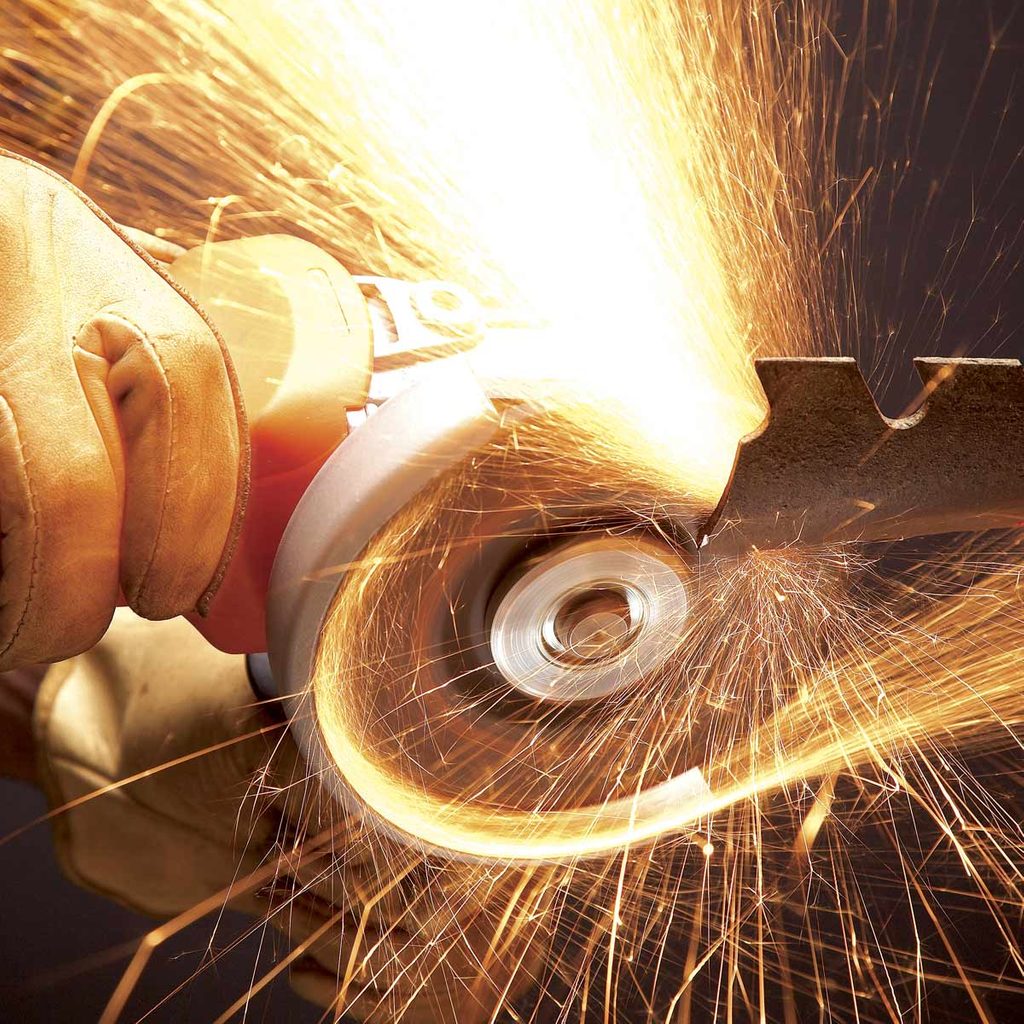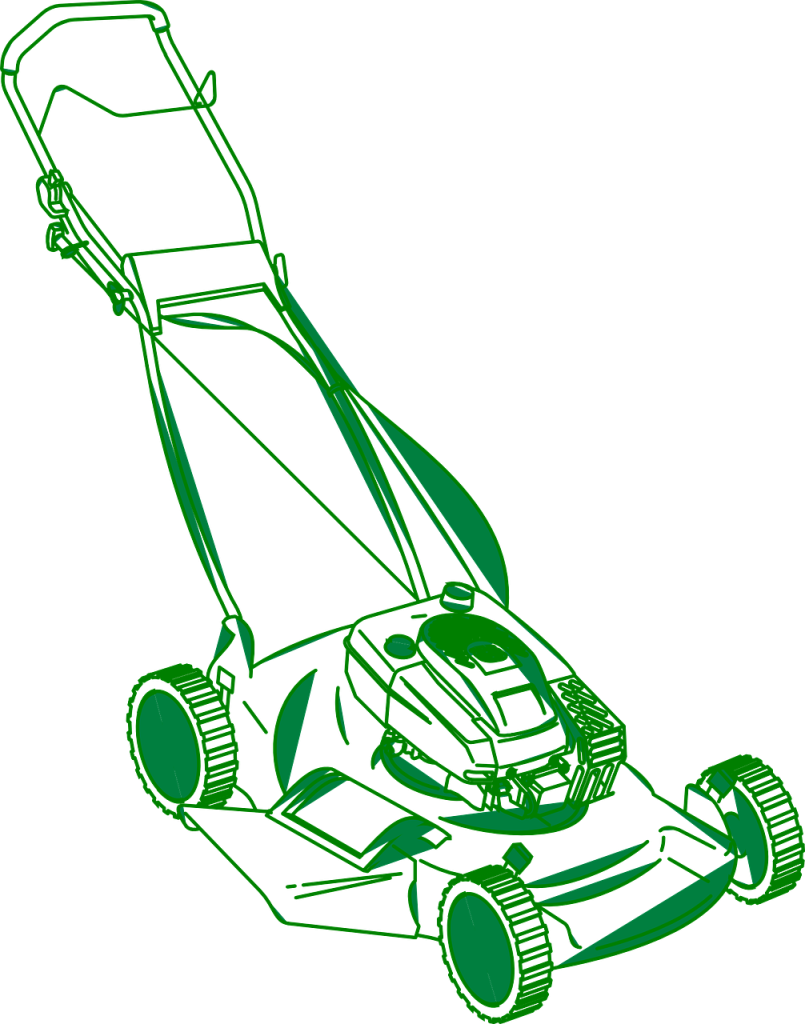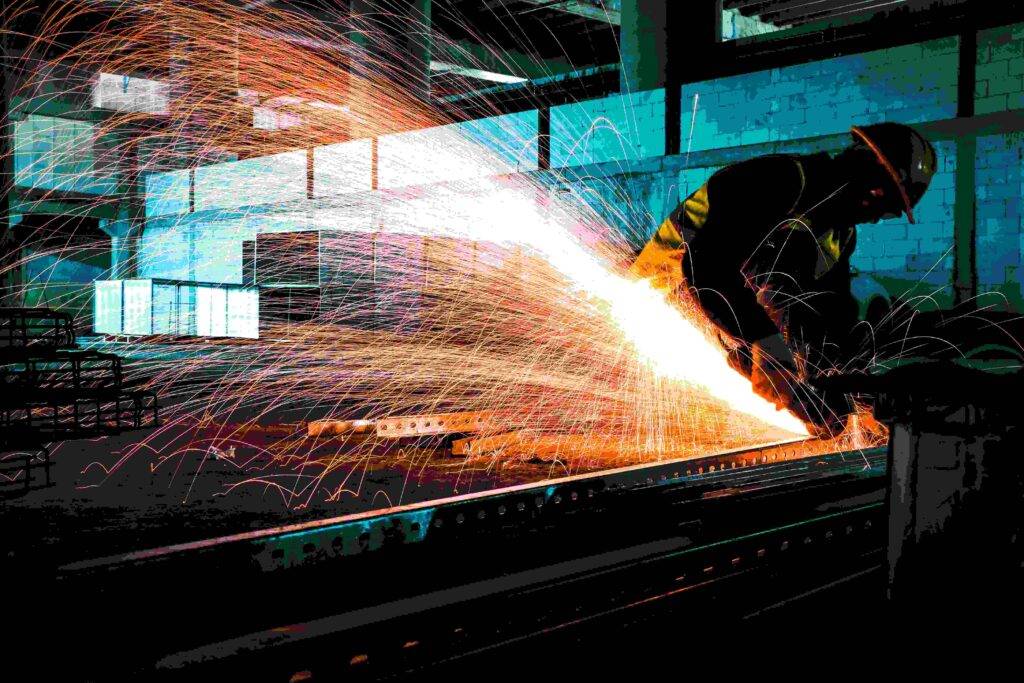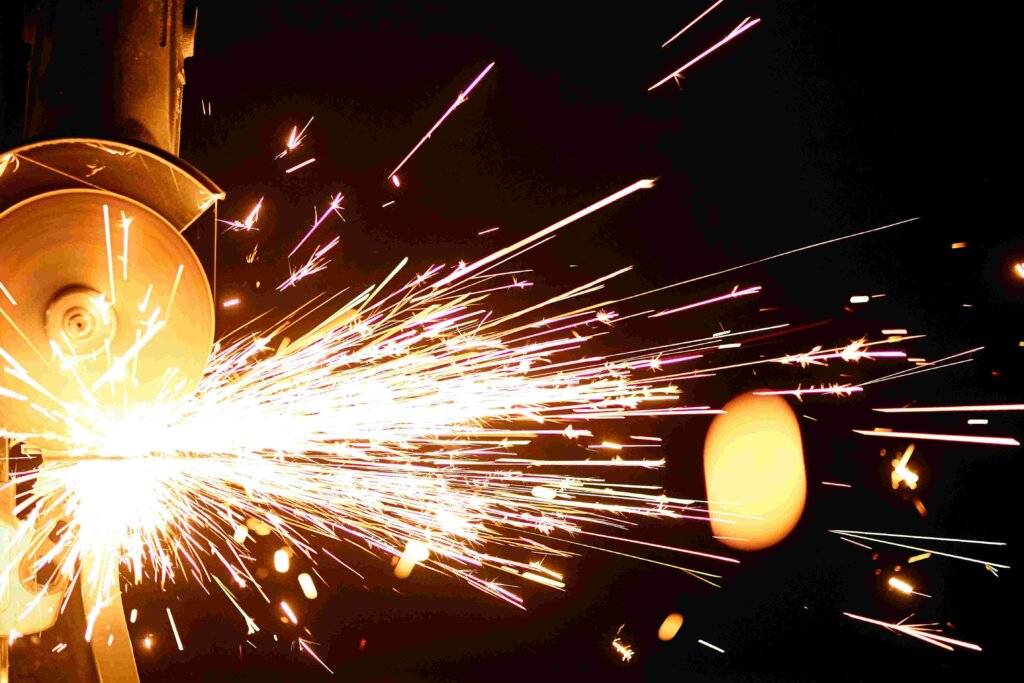The angle grinder is the perfect tool for sharpen mower blades. It does quick work of this dirty job.
There are several good ways to sharpen lawn mower blades, but one of the quickest and easiest methods is with an angle grinder, an inexpensive, versatile hand-held power tool.
Tools Required
Angle grinder
Clamps
Metal-grinding blade
Safety glasses
Work gloves
Wrench set
Materials Required
Block of wood
Plastic bag
You wouldn’t take care of grass that’s too long by tearing off the end of each blade, would you? But that’s exactly what a dull lawn mower does, leaving the torn grass vulnerable to sun damage and disease.
You could sharpen your mower blade with a file (it takes forever!), a rotary tool or a bench grinder, but we’ll show you how to do the job with an angle grinder. It’s fast and easy. If you don’t own a grinder, they don’t cost much to buy and can be used for all kinds of other tasks too.
To sharpen your lawn mower blade, you’ll need a socket or wrench to fit the blade nut. Tough nuts may call for a breaker bar and/or a penetrating lubricant. You’ll also need two clamps, a block of wood and, of course, an angle grinder with a metal grinding blade.

Step 1: Proper sharpening technique with the angle grinder
Start by disconnecting the spark plug wire. Next, place a piece of plastic (a sandwich bag works well) under the gas cap to prevent gas from leaking out of the vent hole when you tip the mower. Tip the mower so the side with the carburetor faces up.
Step 2 : How to remove lawn mower blade
Clamp a 2×4 block to the side of the mower to keep the blade from turning while you loosen it. Mark the “grass side” of the blade so you don’t reinstall it upside down. Use a socket wrench or a breaker bar to turn the nut counterclockwise to loosen it. If it’s stubborn, soak it with penetrating oil for a half hour and try again.
Step 3: Make light passes
Start by disconnecting the spark plug wire. Next, place a piece of plastic (a sandwich bag works well) under the gas cap to prevent gas from leaking out of the vent hole when you tip the mower. Tip the mower so the side with the carburetor faces up.
Clamp the blade securely in a vise or to the edge of your workbench. Prepare for grinding by putting on your gloves, face shield, hearing protection and a long-sleeve shirt. Before you start grinding, hold the grinder against the blade and tip it up or down until the grinding disc is aligned with the angle on the blade.
Try to maintain this angle as you grind. Keep the grinder moving and apply only light pressure so you don’t overheat the blade or grind away too much. If you overheat the metal, it’ll turn dark blue or black and become brittle. Then it won’t hold an edge. Your goal is to remove the nicks and dents and create an edge that’s about as sharp as a butter knife. A razor-sharp edge will dull quickly and chip more easily.
Make several passes across the blade with the grinder, checking your progress frequently. You don’t want to grind off more than necessary. If your blade has a lot of nicks and gouges, try this. Start by holding the grinder at a right angle to the blade and grinding the edge of the blade flat to remove the nicks. Be careful to use light pressure and move quickly. It’s easy to burn the thin edge. After you’ve removed the nicks, go back to grinding at the correct blade angle.
If your blade has deep nicks or is cracked, bent or worn thin, don’t sharpen it; buy a new one. You’ll find the best selection at stores that sell and service lawn equipment. Take the old blade with you to get an exact match.
Step 4 : Balance the blade
If you don’t grind away the same amount of metal from both sides, the blade can become unbalanced. You can buy a special blade-balancing cone or simply hang the blade on a nail. Correct an unbalanced blade by grinding a little metal from the blunt end of the heavy side of the blade until it balances on the nail. Make sure the marked side is toward you when you reinstall it and that you tighten the nut securely.



